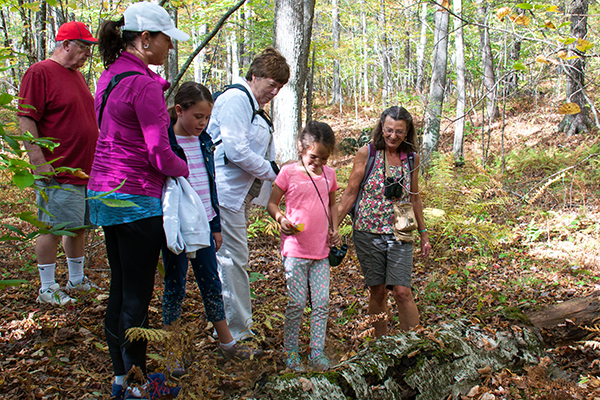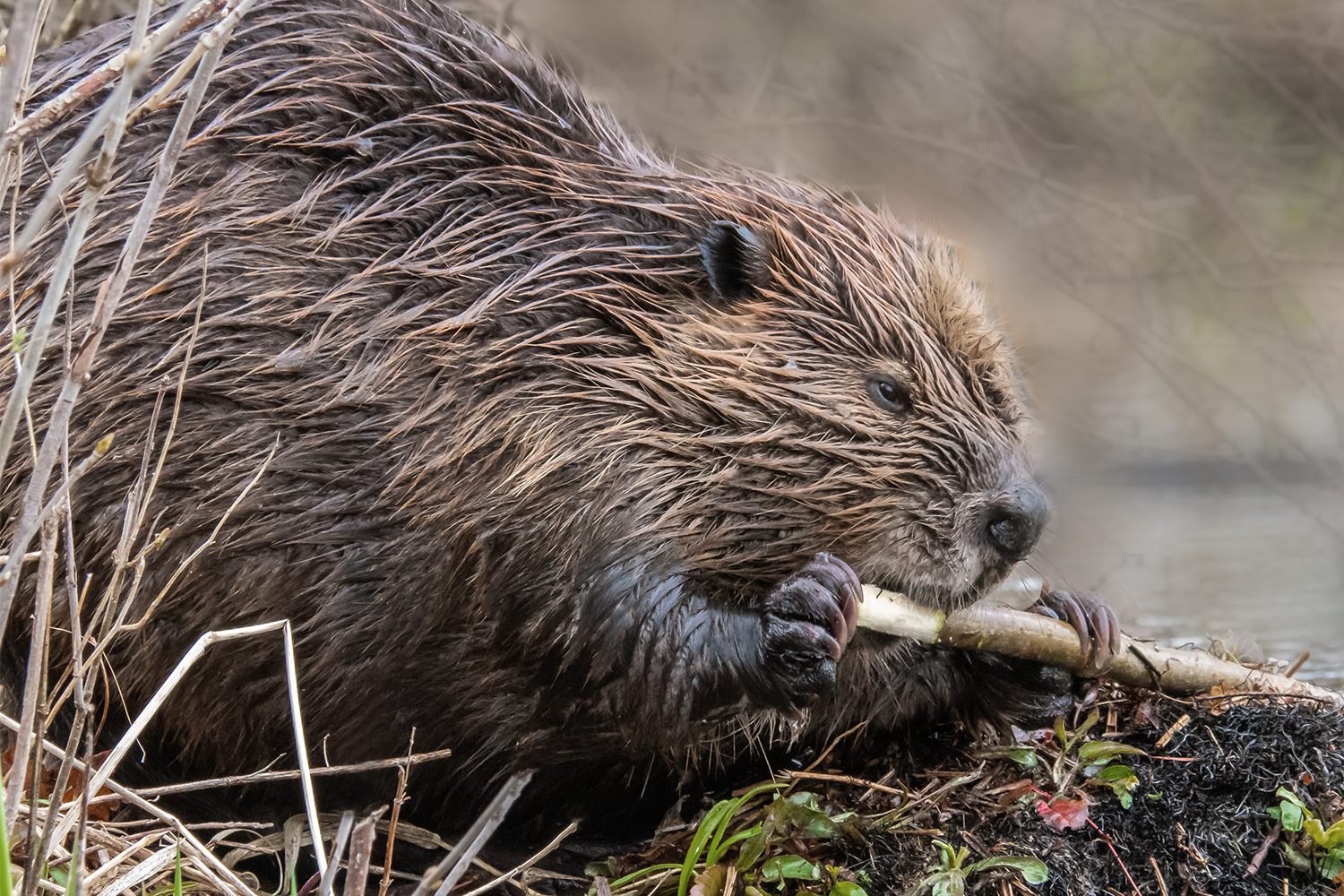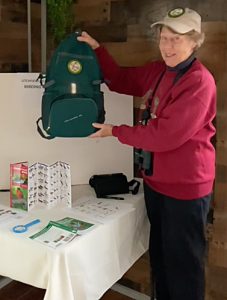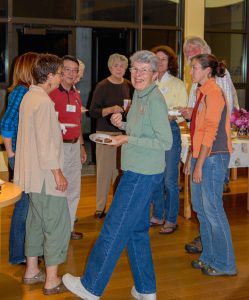WELCOME!
Protecting Birds, Other Wildlife, and Their Habitats
– Our Mission –
The mission of the Litchfield Hills Audubon Society is to protect birds, other wildlife and their habitats, through conservation, education, research and advocacy.
- July 7, 2025
Building a Backyard Wildlife Habitat - August 11, 2025
Wildlife Outside Our Windows
- July 2, 2025
Boats, Birding, and A Brew - July 15, 2025
Paddling on Hall Meadow Brook Reservoir - August 12, 2025
Paddling on the Housatonic River in Falls Village
- EDUCATION -

Litchfield Hills Audubon Society aims to provide environmental experiences to people of all ages, particularly in the Litchfield County and surrounding areas. LHAS offers free monthly programs, bird walks and environmental events that are open to the public. We also support and offer National Audubon’s Audubon Adventures tailored for elementary school children.
- CONSERVATION -

Litchfield Hills Audubon Society manages and maintains a total of 157 acres at three separate sanctuaries. LHAS is involved in a 10 year Forest Management Project through the NRCS, improving the forest health at Boyd Woods and Wigwam Brook Sanctuaries. Our sanctuaries provide vital habitat for woodland, shrubland and grassland birds and wildlife.
- RESEARCH -

Litchfield Hills Audubon Society continues to work with the National Resources and Conservation Services involved in a 10 year forest management project to improve the forest health at our Boyd Woods and Wigwam Brook Sanctuaries. LHAS also supports and is involved in the Blue-bird Nesting Program and the American Chestnut Restoration Project.
Top Stories
U.S. Bird Populations Continue Alarming Decline, New Report Finds
U.S. State of the Birds Report 2025

The 2025 U.S. State of the Birds report reveals continued widespread declines in American bird populations across all mainland and marine habitats, with 229 species requiring urgent conservation action. More than one-third of U.S. bird species are of high or moderate conservation concern.According to the report, bird populations in almost every habitat are declining.Most notably, duck populations, which have been a bright spot in past State of the Birds reports, have trended downward in recent years.
While the report is cause for alarm, it’s also cause for hope, said Jeff Walters, the conservation committee co-chair at the American Ornithological Society.“Public interest in birds and the economic benefits from birding are at unprecedented levels, as is the information available about the status of each and every one of our bird species.”
The report emphasizes that conservation efforts can succeed when adequately supported. Projects such as conservation ranching, coastal restoration, forest renewal, and seabird translocation show how concerted efforts and strategic investments can recover bird populations.
To read the complete report click on the link below.
Birding Backpacks at a Library Near You
Litchfield Hills Audubon Society donates birding backpacks to area libraries to promote and teach birding.
 Backpacks have been donated to ten area libraries by Litchfield Hills Audubon Society, an attempt to inspire children and families to enjoy the hobby of birdwatching.
Backpacks have been donated to ten area libraries by Litchfield Hills Audubon Society, an attempt to inspire children and families to enjoy the hobby of birdwatching.
Litchfield County has an abundance of nature preserves and natural habitats for wildlife, many with well-marked trails. LHAS hopes to encourage more families to get outdoors and learn about birds by offering them an opportunity to try a new hobby without the upfront costs.
You can check-out a Birding Backpack using your library card. Stocked in the backpacks are binoculars, illustrated guides identifying birds, information on nature activities and recommended locations for birdwatching.
Backpacks are available for check-out at the following libraries:
- Morris Public Library
- Oliver Wolcott Library
- Thomaston Library
- Torrington Library
- Terryville, Library
- Harwinton Library
- New Milford Library
- Beardsley Library
- Burlington Public Library
- Cornwall Library
- KidsPlay Children’s Museum – Torrington
Donations from Ace Hardware of Litchfield, Litchfield Bancorp, Torrington Savings Bank, Wild Bird Unlimited of Brookfield and Litchfield Hills Audubon Society’s Education Committee covered the cost of the backpacks and their contents.
Join Us at a Meeting
 Unless otherwise indicated, General Meetings are held on the first Monday of each month at the Litchfield Community Center, 421 Bantam Road (Rt. 202), Litchfield, CT. When the first Monday of the month falls on a holiday, the meeting is held on the second Monday. Refreshments are served at 6:45 p.m. The business meeting starts at 7:00 p.m. and the program follows. The June meeting is the Annual Meeting and Dinner held at a local restaurant; it begins at 6 p.m. Our August meeting is the annual Picnic at Boyd Woods Sanctuary; it begins at 6 p.m. Board of Directors Meetings are held the third Tuesday of every other month at 7:00 p.m. at LHAS’ office at 28 Russell St. Litchfield, CT.
Unless otherwise indicated, General Meetings are held on the first Monday of each month at the Litchfield Community Center, 421 Bantam Road (Rt. 202), Litchfield, CT. When the first Monday of the month falls on a holiday, the meeting is held on the second Monday. Refreshments are served at 6:45 p.m. The business meeting starts at 7:00 p.m. and the program follows. The June meeting is the Annual Meeting and Dinner held at a local restaurant; it begins at 6 p.m. Our August meeting is the annual Picnic at Boyd Woods Sanctuary; it begins at 6 p.m. Board of Directors Meetings are held the third Tuesday of every other month at 7:00 p.m. at LHAS’ office at 28 Russell St. Litchfield, CT.